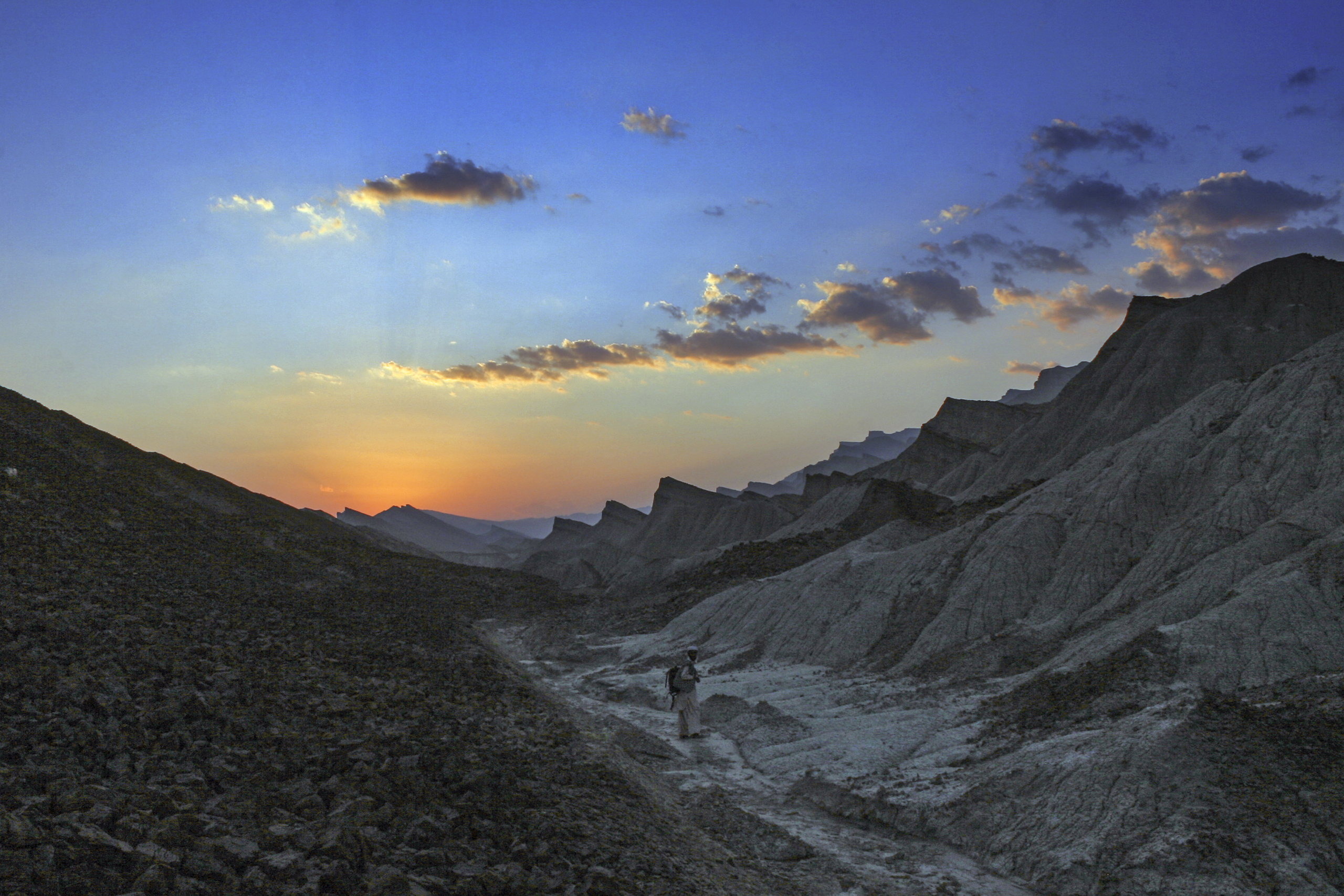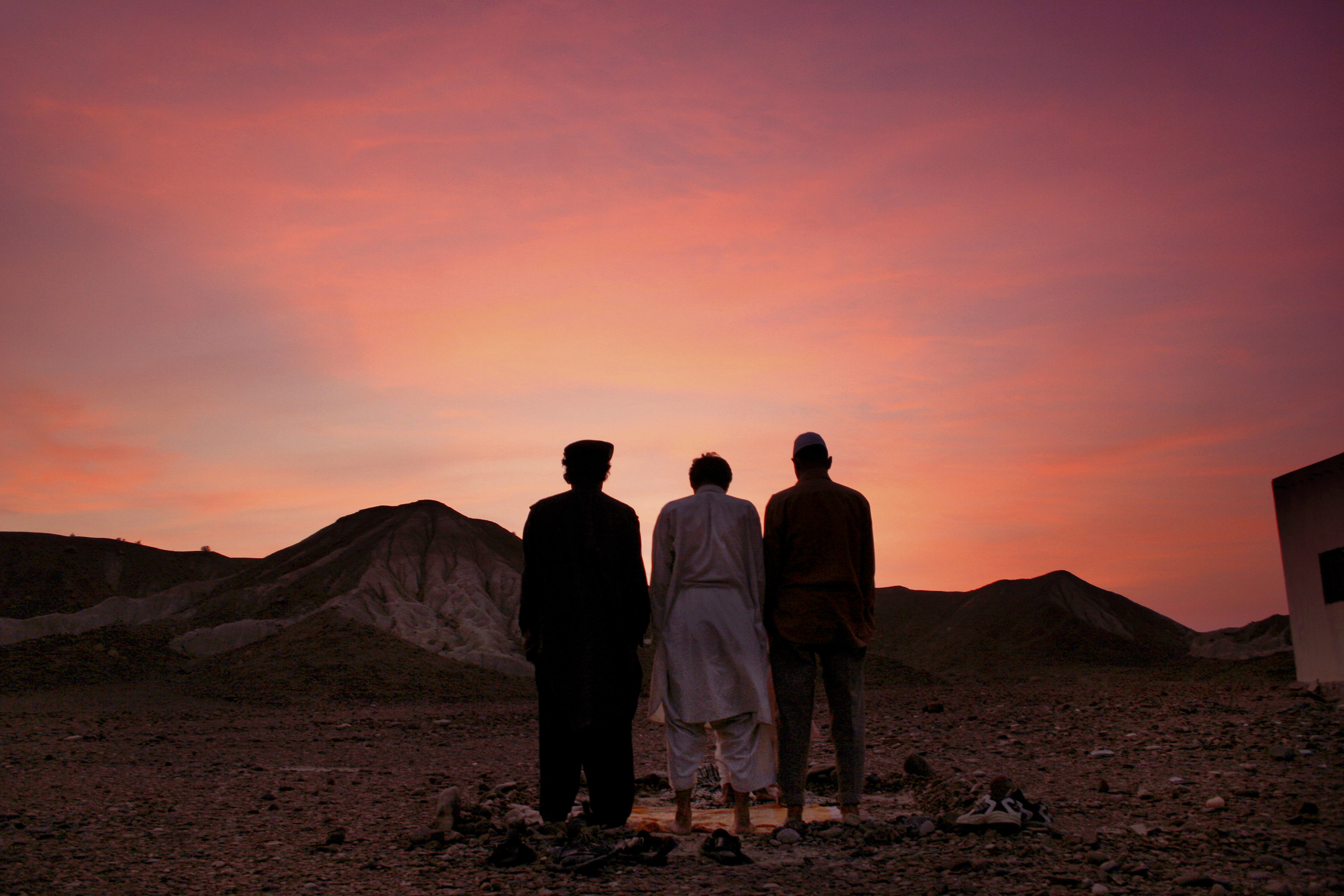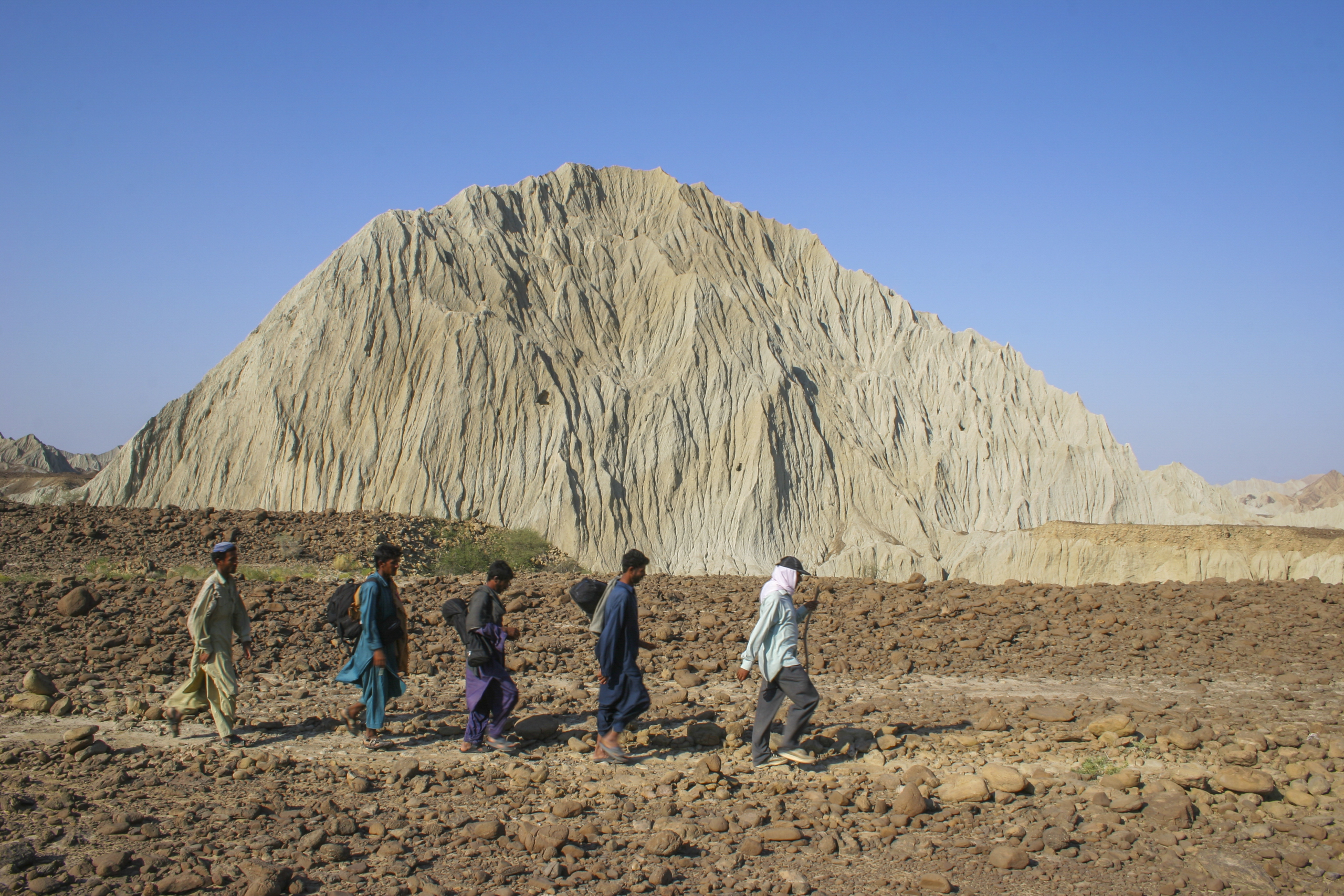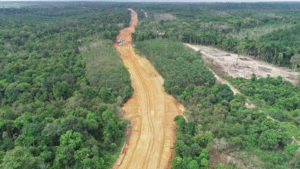At Chitral Gol National Park, the unthinkable has happened. Attempts to hunt the protected Kashmir markhor have increased in recent months; previously, poaching was nearly eliminated in the area. What is worse is that the culprits are none other than people from nearby villages – members of the very community that was supposed to protect this near-threatened mountain goat, which has been on the IUCN’s Red List since 2015.
“It has happened twice this month and both times it was the park wardens who alerted the forest department,” said Alamzaib, chair of the park association. Wardens and the province’s wildlife department also told The Third Pole that poaching by locals is happening.
Declared a protected area in 1984, the 77.5 square kilometre park in Pakistan’s Khyber Pakhtunkhwa province is home to snow leopards and the largest surviving population of the Kashmir markhor. The park, which is surrounded by mountains, is also where one can see the country’s four national symbols; markhor (national animal), deodar (national tree), chakor (national bird) and jasmine (national flower).

See: Trophy hunting protects Pakistan’s markhor, brings prosperity to villages
But for the past one-and-a-half years, the park’s 13 community watchmen have not been paid their monthly salary of PKR 15,000 (USD 90). There used to be twice as many wardens, but layoffs as a result of dwindling funds have reduced their numbers over the years.
Nearly two decades ago, these watchmen were recruited from local communities to supplement the duties of government-hired guards. The government employees are hired by provincial wildlife departments, while the community watchmen are hired under a government project.
They are engaged in conservation activities, park planning and management. Hailed as an innovative approach at the time, this project gave communities ownership of the protected area, with benefits for biodiversity conservation.

The guards’ duties include stopping villagers from collecting firewood or grazing livestock, cutting trees or hunting.
“The park is huge and it requires an army of watchmen to protect it,” said trekker Imran Schah, a Chitrali settled in Islamabad, who has taken tour groups to the park four times a year since 1999. “The terrain is tough and the job of these watchmen is extremely tough.”
“Without their help, it simply means more work for us and more ground to protect,” said FK, a government-appointed guard who spoke to The Third Pole on condition of anonymity.
Chitral Gol National Park is not the only one suffering. Sixteen community watchmen in the Hingol National Park in Balochistan province and 12 in Machiara National Park in Pakistan-administered Kashmir have also been shortchanged.
Bright idea that fizzled out
In 1999, the World Bank calculated Pakistan was losing the equivalent to 3% of GDP per year due to pollution and environmental damage. It identified the conservation of Pakistan’s natural resources as an urgent priority.
Thus, in 2001 the government launched the Protected Areas Management Project (PAMP) in Chitral Gol, Hingol and Machiara national parks, which an independent evaluation had described as “threatened and globally important due to their species diversity, endemism and degree of threat”.
Key to achieving this was co-management with local communities. The idea was to integrate local communities from villages surrounding the parks and give them decision-making roles.

After 2009, a Fund for Protected Area (FPA) was established by the federal government for the sustainable management of the parks.
“This was a landmark project, not just for Pakistan but the World Bank, as for the very first time the management of national parks involved communities within and around the protected areas,” said former chief conservator and founder of the KP wildlife department Muhammad Mumtaz Malik, who is currently the chairman of the FPA. He is one of the three permanent board of directors managing the funds.
In 2009, the World Bank’s Independent Evaluation Group termed the PAMP “moderately satisfactory” on most accounts, but highlighted its weakness in growing the original endowment fund.
Park management goes awry
For years, the FPA ran well. The salaries of the guards and the development funds (used to build and repair roads, water-supply schemes and improve sanitation) for the villages were paid regularly – until the retirement of the chief executive in March 2018.
“These watchmen have not been paid because the new chief executive has not found the time in the last 18 months to call a meeting to approve funds that need to be disbursed,” said Malik.
Muhammad Suleyman Khan Warraich, the interim chief executive of the FPA, told The Third Pole: “We are very aware of the loss to communities and are trying our best to find ways through passage of a special resolution to ensure payments of arrears to the communities while the FPA board gets reconstituted.”
He was optimistic that “everything will fall in place” by the end of 2020.
Conservation in doldrums
Without salaries “it is becoming increasingly difficult to placate and cajole the community watchers to continue working”, said Raja Asif Latif, the deputy conservator of forests at the Balochistan Forest and Wildlife Department. He manages the 6,100 sq km Hingol National Park along the Makran coast, which is home to urial sheep, ibex, chinkara gazelle and hundreds of reptile species.
![Chitral Gol National Park: “With no economic benefits, conservation goes out of the window,” said Alamzaib, chairman of the park association [Image by: Ghulam Rasool]](https://dialogue.earth/content/uploads/2020/10/Chitral-National-Park-Pakistan-1.jpg)
Surprisingly, some community watchmen continue to show up for work.
“Once you’ve had a taste of this life, you cannot adjust to the crowded, noisy concrete jungles,” said 46-year-old Rehmanuddin, who has worked as a watchman at the Chitral park for over 10 years.
But as the internal wrangling continues, experts worry such voluntary efforts will stop and gains made in winning communities over to conservation will be lost.
It took “untiring efforts of local, provincial, national and international conservationists over a period of two decades to win the trust of the local communities and it will all be undone,” worried Latif.
“The worst [thing] that one can do is to interrupt a longstanding arrangement with communities for protection and management of protected areas,” said Vaqar Zakaria, managing director of Hagler Bailly Pakistan, a firm that carries out environmental consultancy work. Zakaria has helped the government set up several national parks in the country.

What was a good model under the PAMP, which would ideally have been replicated, today is fighting for its survival.
Environmental lawyer Sara Hayat questioned the government’s intention of holding onto national parks.
“The management of national parks will only be effective and their caretakers dealt with fairly if control is delegated to the constitutionally-mandated authorities,” Hayat said.
Read: Why Pakistan needs to go beyond tree planting
Referring to the recent announcement by the government that it will protect 15 national parks under its Protected Area Initiative as part of the Green Stimulus vision, she added that it was pointless to announce the creation of 5,000 new jobs if “bureaucratic hurdles won’t even let you pay the existing employees their salaries”.
Read: Pakistan’s climate change advisor writes on its new green stimulus package
According to Zakaria, PAMP was a well-intentioned project, but, with a few exceptions, most national parks in Pakistan remain “paper parks”.
“The political leadership and the forest and wildlife departments have yet to develop an appreciation for the ecosystems and the landscapes that support them,” he said.
A shift in thinking by leaders from trees to species and ecosystems, and fundamental reforms at the institutional level are needed if future generations are to inherit living landscapes, Zakaria concluded.


![Kanwar Lake was the largest oxbow lake in Asia, but it has shrunk dramatically [image by: Majid Alam]](https://dialogue.earth/content/uploads/2020/10/Kanwar_7-300x200.jpg)


![A snow leopard in Uttarakhand [image by: Sonu Negi]](https://dialogue.earth/content/uploads/2020/10/Featured_image_PIC_credit_Sonu_Negi_1-300x200.jpg)



![Trillium, an important medicinal plant, is becoming increasingly hard to find in Kashmir [image courtesy: Akhtar H Malik, Kashmir University]](https://dialogue.earth/content/uploads/2020/10/Trillium_medicinal_plant_Arranged_from_Akhtar_H_Malik_a_botanist_of_Kashmir_University-300x225.jpg)